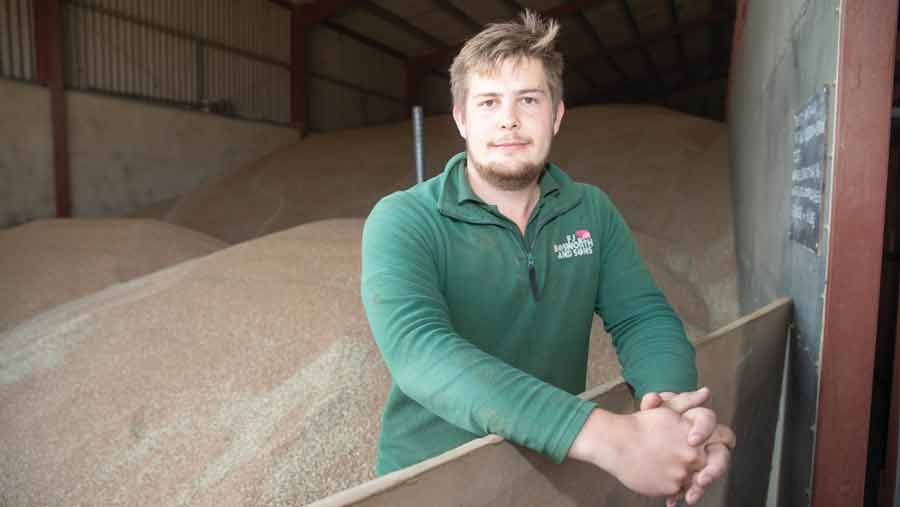Farmer Focus: Ammonia reduction better in feed than stores?
 © Tim Scrivener
© Tim Scrivener Ammonia emissions have been a hot topic in the pig industry in recent years. Our family business is exploring how we can reduce any contribution for which we’re responsible in this regard.
We already know that we will need to cover our slurry stores by 2027 as part of the government’s Clean Air Strategy, announced back in 2019.
What we don’t know is how much ammonia is being emitted – or from where. Defra has emphasised the obvious aim of reducing losses from storage, but would it not be better to reduce losses at the earlier housing stage?
This would bring more health benefits to animals, reduce the odour in the buildings and reduce losses at the earliest opportunity straight from the pig.
See also: Plasma-treatment cuts ammonia loss by up to 90%
I have spoken to a company that produces an in-feed product derived from seaweed, which it claims will reduce ammonia by more than 50% in pig slurry.
We are looking to complete a trial measuring ammonia levels in buildings, pre- and post-feeding the product at inclusions of 0.5-0.75 kg/t.
This will cost between £9 and £13.50/2t-mix, based on the inclusion rates for different diets.
I would be interested to see what data are available on the difference in ammonia emitted from an uncovered slurry store versus a covered one. Of course, there are also different types of covers that would surely have different effects on losses.
Our existing above-ground stores were not designed to support the weight of a cover, and I imagine we would have to fit a floating cover as I would not be willing to take my chances on it being strong enough.
If we can demonstrate better control and reductions of ammonia via an in-feed product over covering slurry stores, then I would question why it is not listed as an alternative to covering slurry stores, particularly as losses are reduced earlier.
Perhaps it is too hard to police, whereas covering stores is an easy-to-follow and easy-to-measure rule.
Better than that, we should look to do both, but as we all know, pig farmers have experienced incredibly tough financial positions since the Clean Air Strategy was announced.
Will it be viable if we aren’t getting remunerated for the positive contributions we are making?

